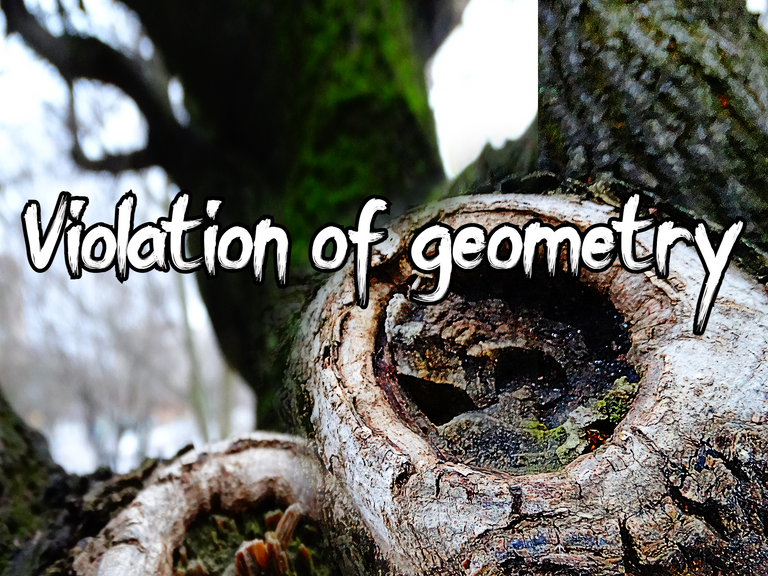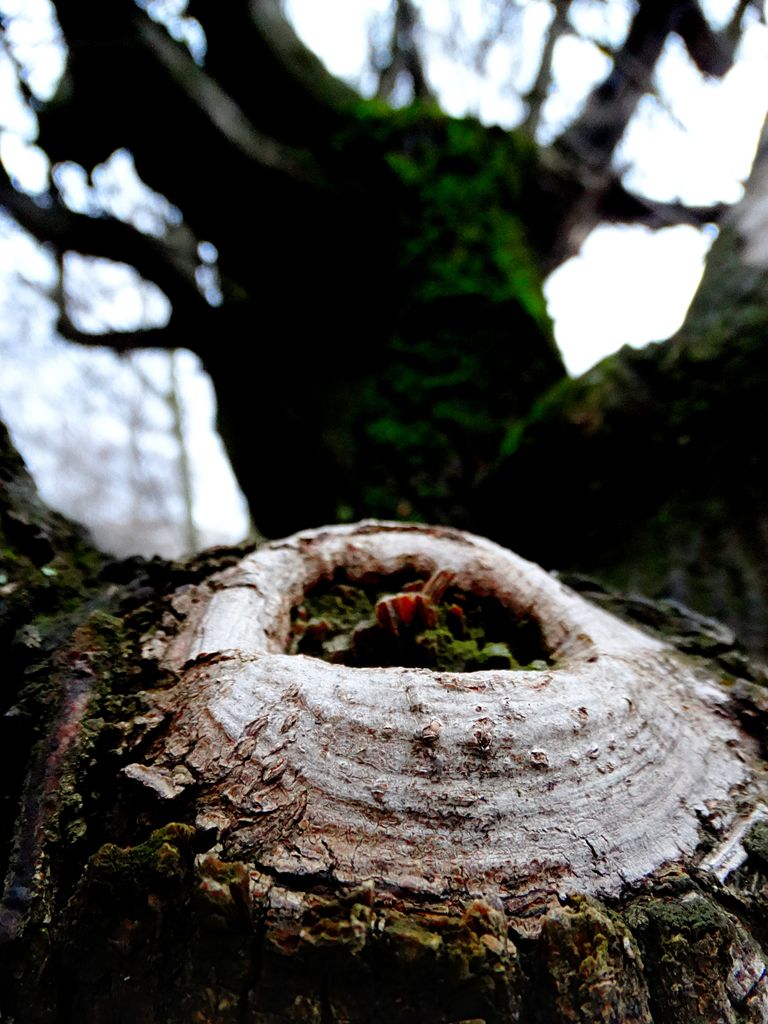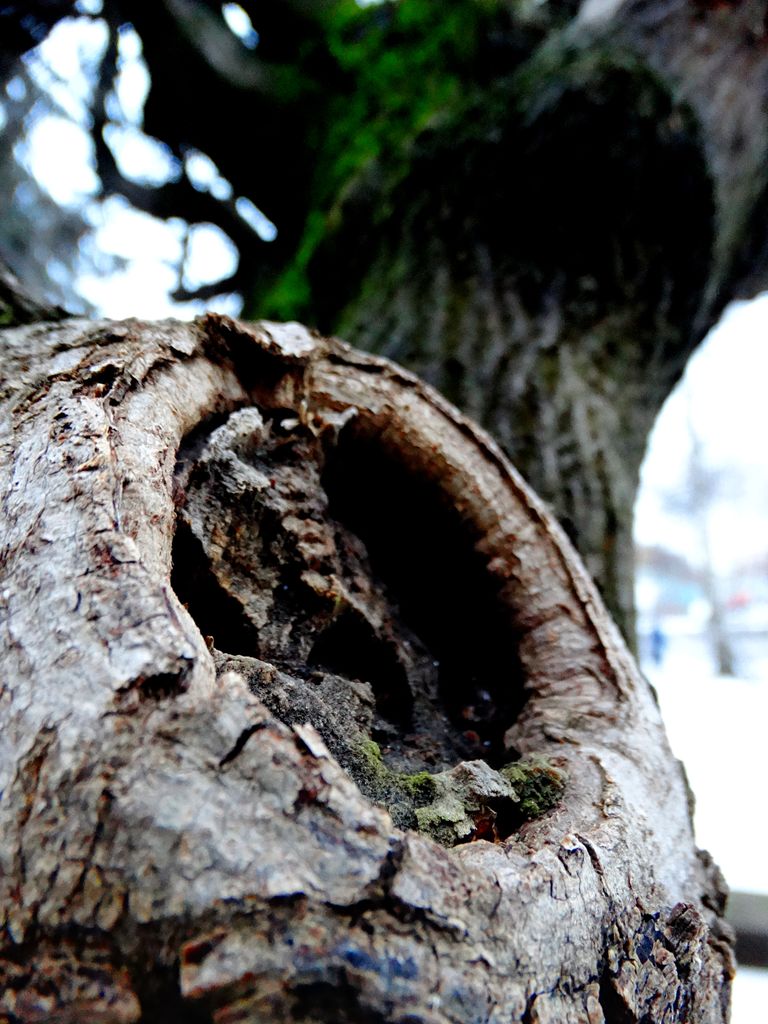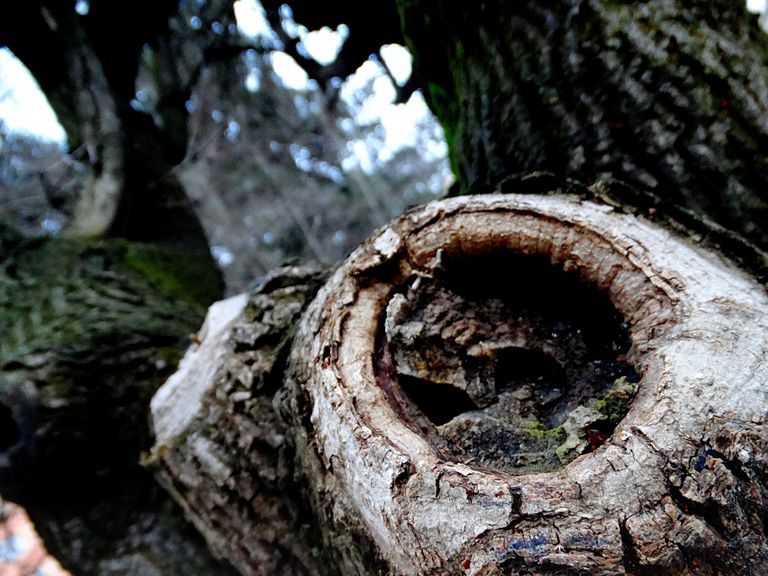Geometry is an exact science and if, when constructing some geometric figure at the initial stage, you make a mistake, then the edges and planes of the figure will not converge at the point we need.
For example, in labor lessons at school you can see strange-looking wooden stools made by students in the forms of which there is clearly an error in geometric calculations.
Perhaps you have seen hollows on trunks and at the bases of cut tree branches.
I used to think that the cause of these damages is diseases and pests of trees, insects and fungi, but no, the main, initial reason for the formation of hollows is a violation of the geometry of the cut tree branch.

I used to think that the cause of these damages is diseases and pests of trees, insects and fungi, but no, the main, initial reason for the formation of hollows is a violation of the geometry of the cut tree branch.
If a novice gardener is armed with brief information about the method of cutting branches, which can be seen in Wikipedia, then, most likely, he will get a result like in these photographs, because it only says that the cut should be made not in the middle of the branch, but at its base.

The fact is that the word "base of the branch" in this case is very superficial and does not give an idea of the necessary angles of cutting the branch, and their non-observance leads to such disastrous consequences.

It is advisable to check with experienced gardeners the necessary angle of cutting the branch for each type of tree, and not do this according to the principle - there is nothing to think about, you need to saw!

Zoom in on a photo for a closer view.

More to come!
Enjoy viewing the photos and reading the article!
Have a blessed day!

